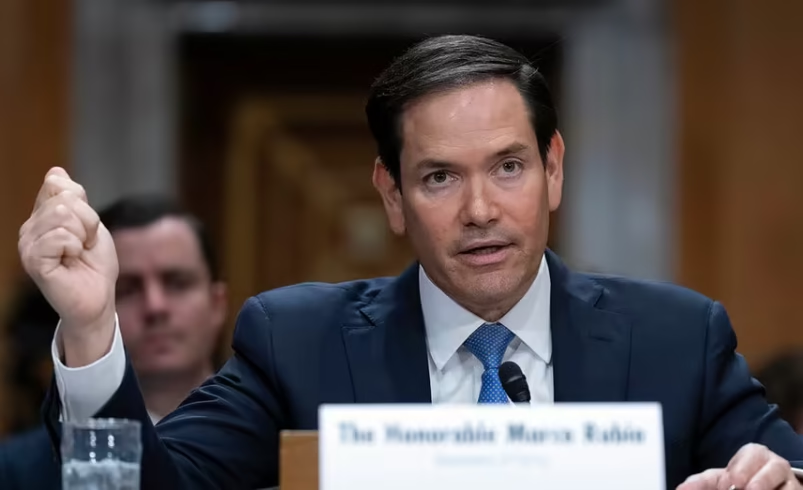State Department to Expedite Layoffs After Supreme Court Decision
- July 11, 2025
- 0

The U.S. State Department is preparing to swiftly implement workforce reductions following a Supreme Court decision that overturned a lower court’s ruling. This ruling had previously blocked the Trump administration from executing widespread layoffs across federal agencies. State Department spokesperson Tammy Bruce emphasized the urgency of the situation, stating that the agency is ready to act quickly in notifying employees about the impending changes. Bruce assured that the process would not be prolonged, highlighting the importance of timely action for both department staff and the public.
The delay in implementing these workforce reductions was primarily due to legal challenges. The courts had intervened to halt the reforms, which were part of a broader effort by the Trump administration to restructure federal agencies. Bruce noted that while these delays were not in the department’s interest, they were necessary due to ongoing legal proceedings. The Supreme Court’s recent decision has now removed these obstacles, allowing the State Department to proceed with its plans.
Despite the intention to move quickly, Bruce did not provide a specific timeline for when notices would be issued to employees. Additionally, there remains some uncertainty regarding a court order that followed the Supreme Court’s decision. This order, signed by U.S. District Court Judge Susan Illston, seeks clarification on whether the Trump administration must publicly disclose its reasoning for the workforce reductions. This aspect could potentially influence the speed at which the layoffs are executed.
Judge Illston’s previous ruling in May had temporarily blocked the administration’s efforts, citing concerns raised by labor unions and advocacy groups. These groups argued that the executive order issued in February overstepped presidential authority and threatened civil service protections. The Supreme Court’s recent decision has reignited discussions about executive power and its implications for federal employees.